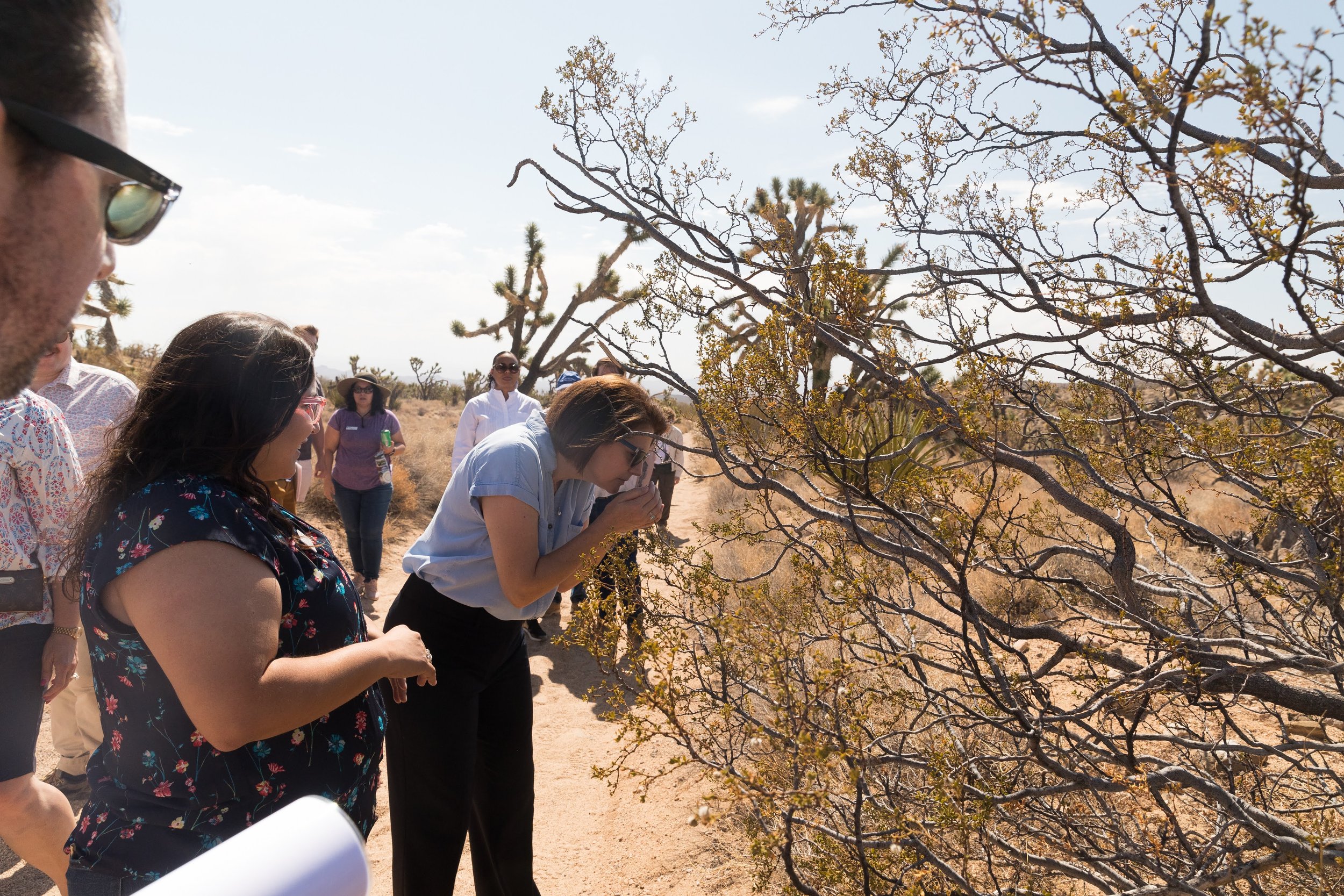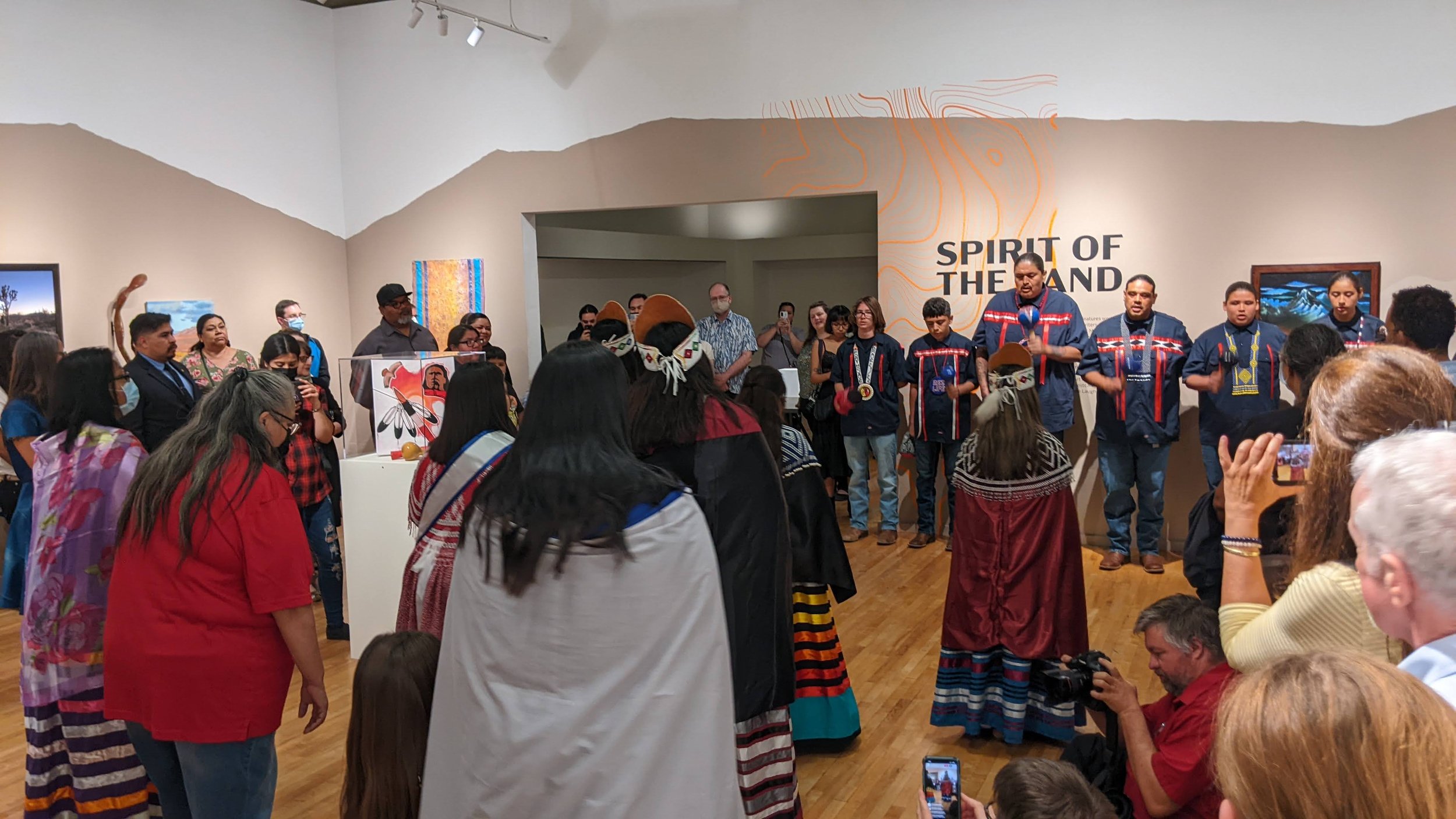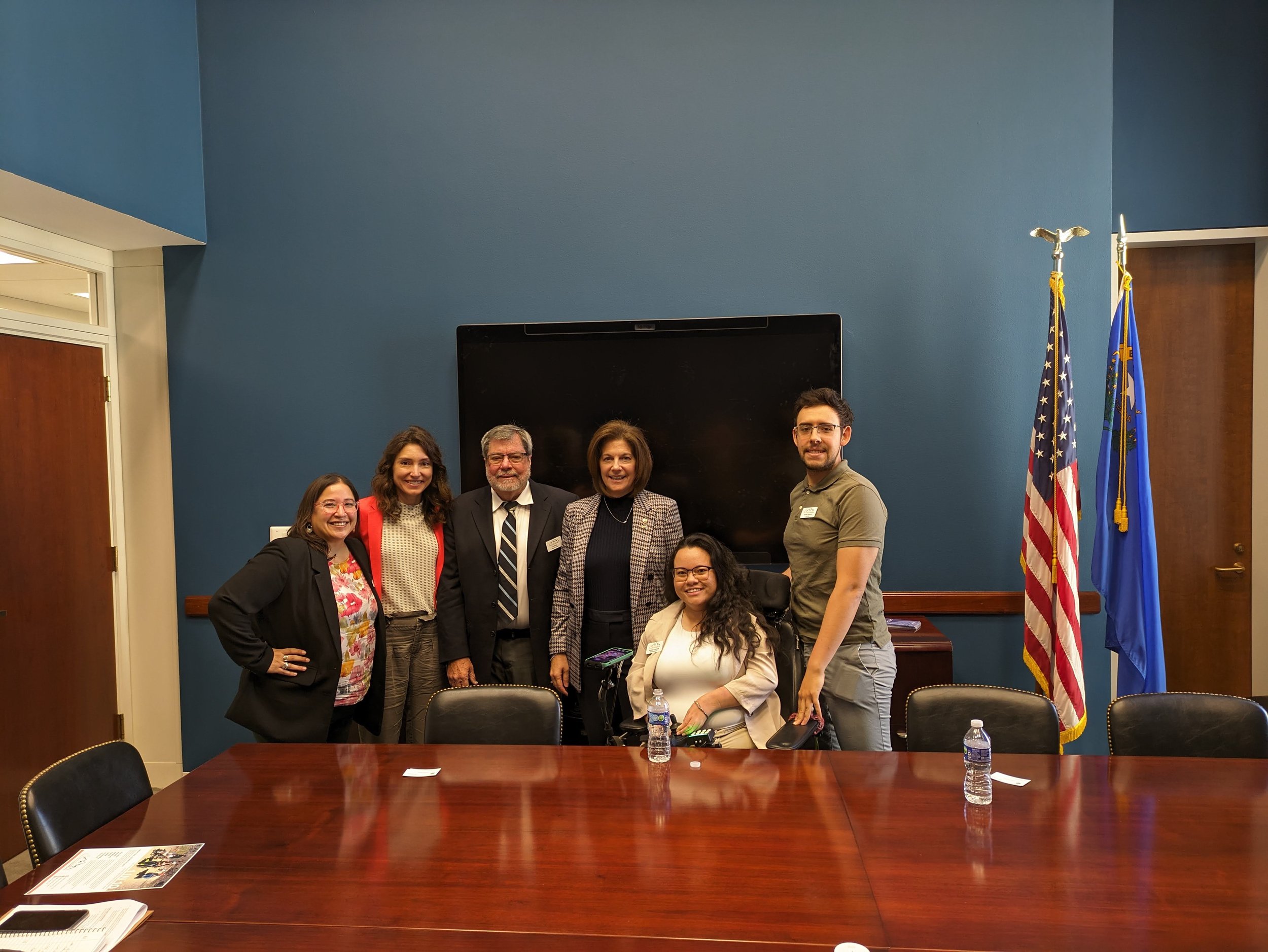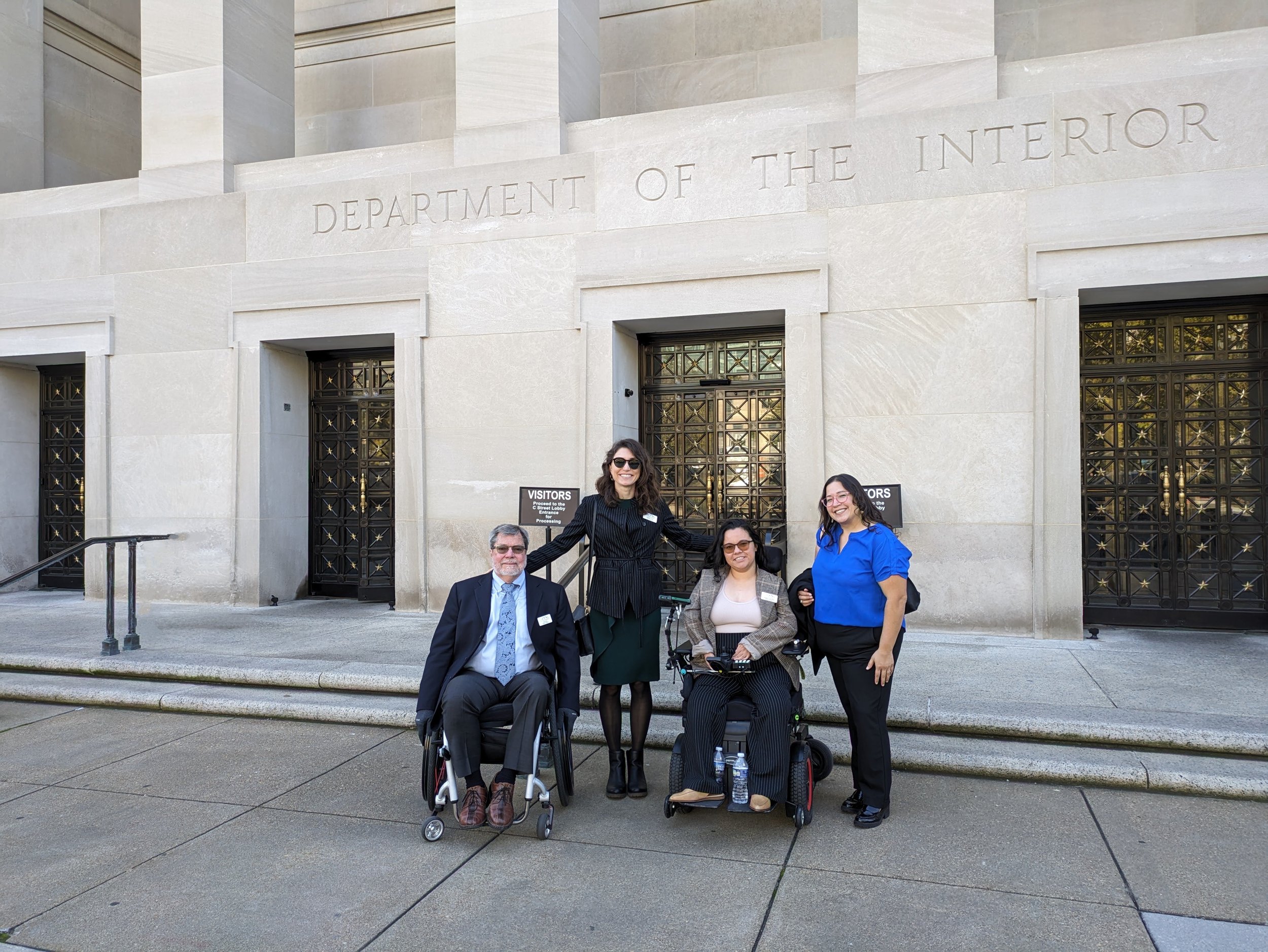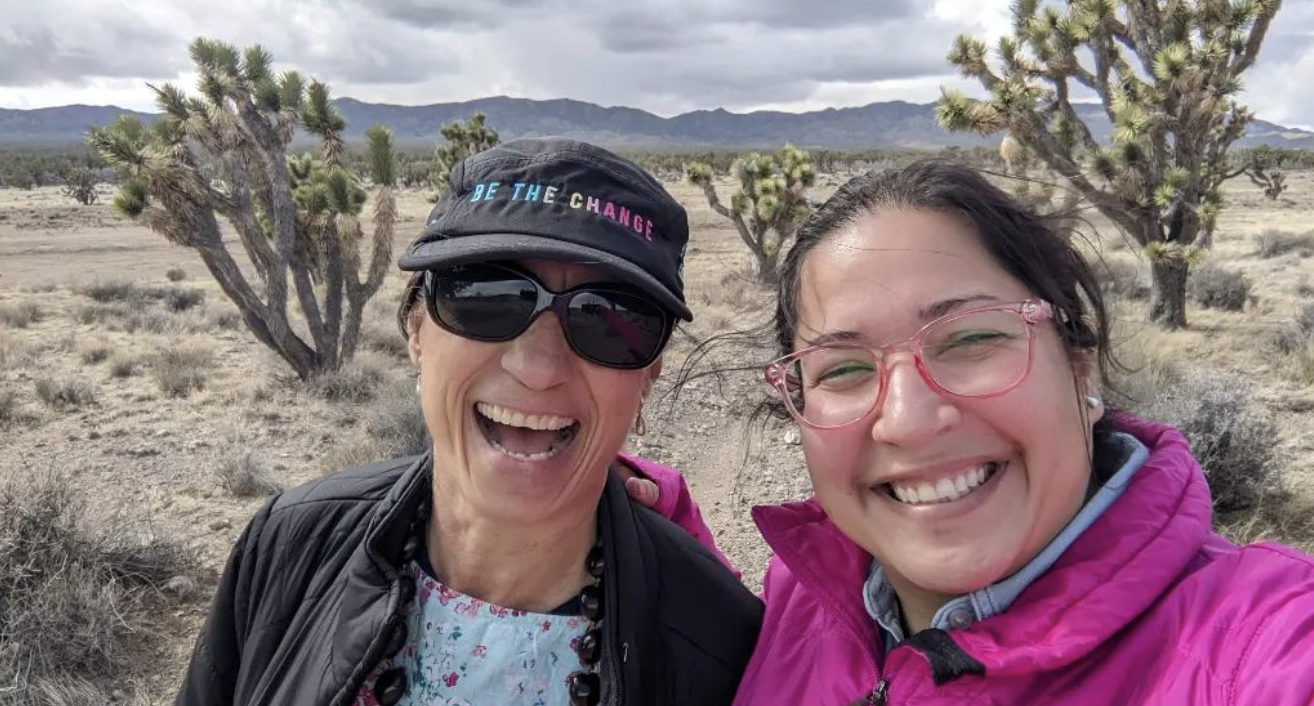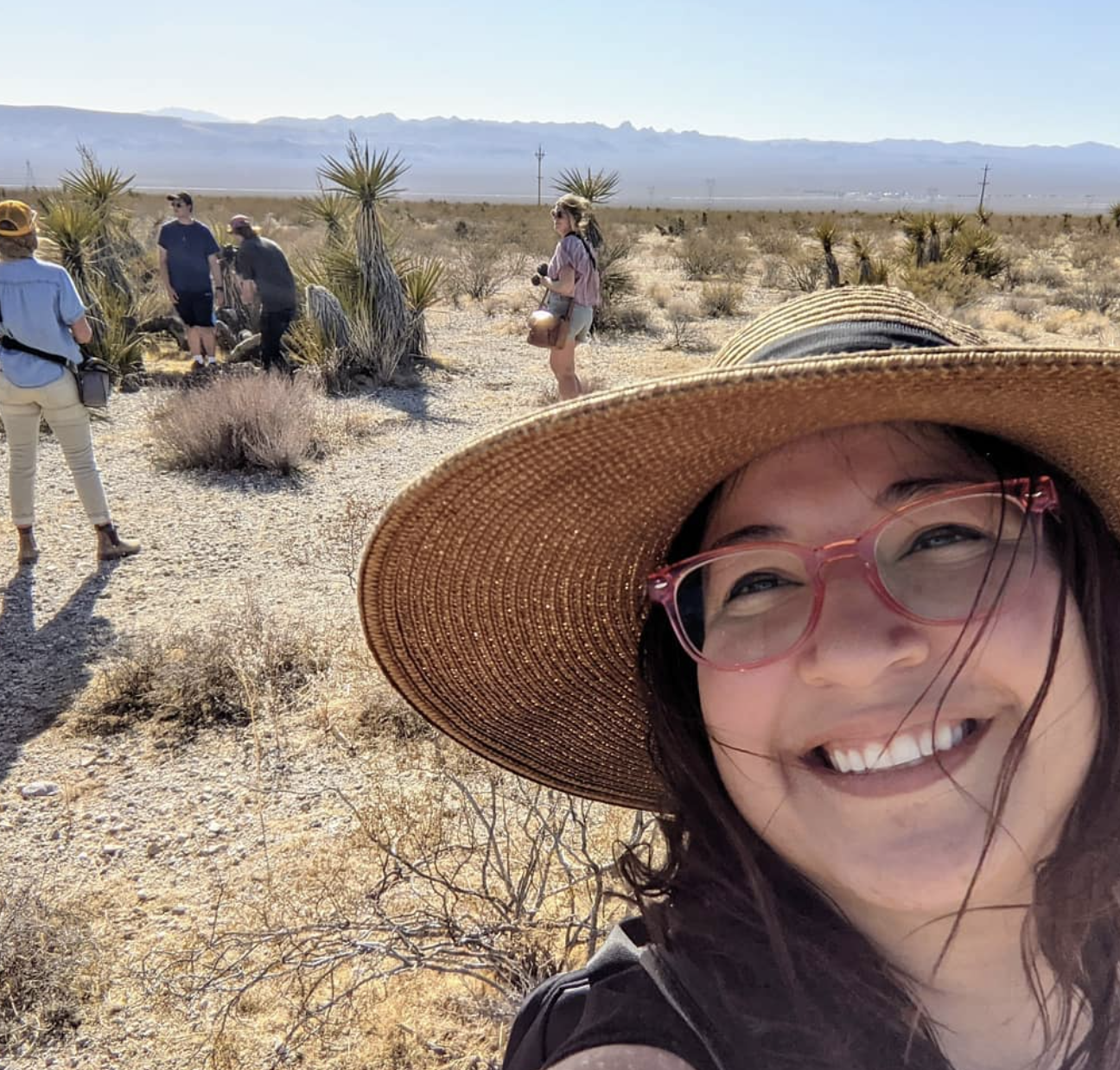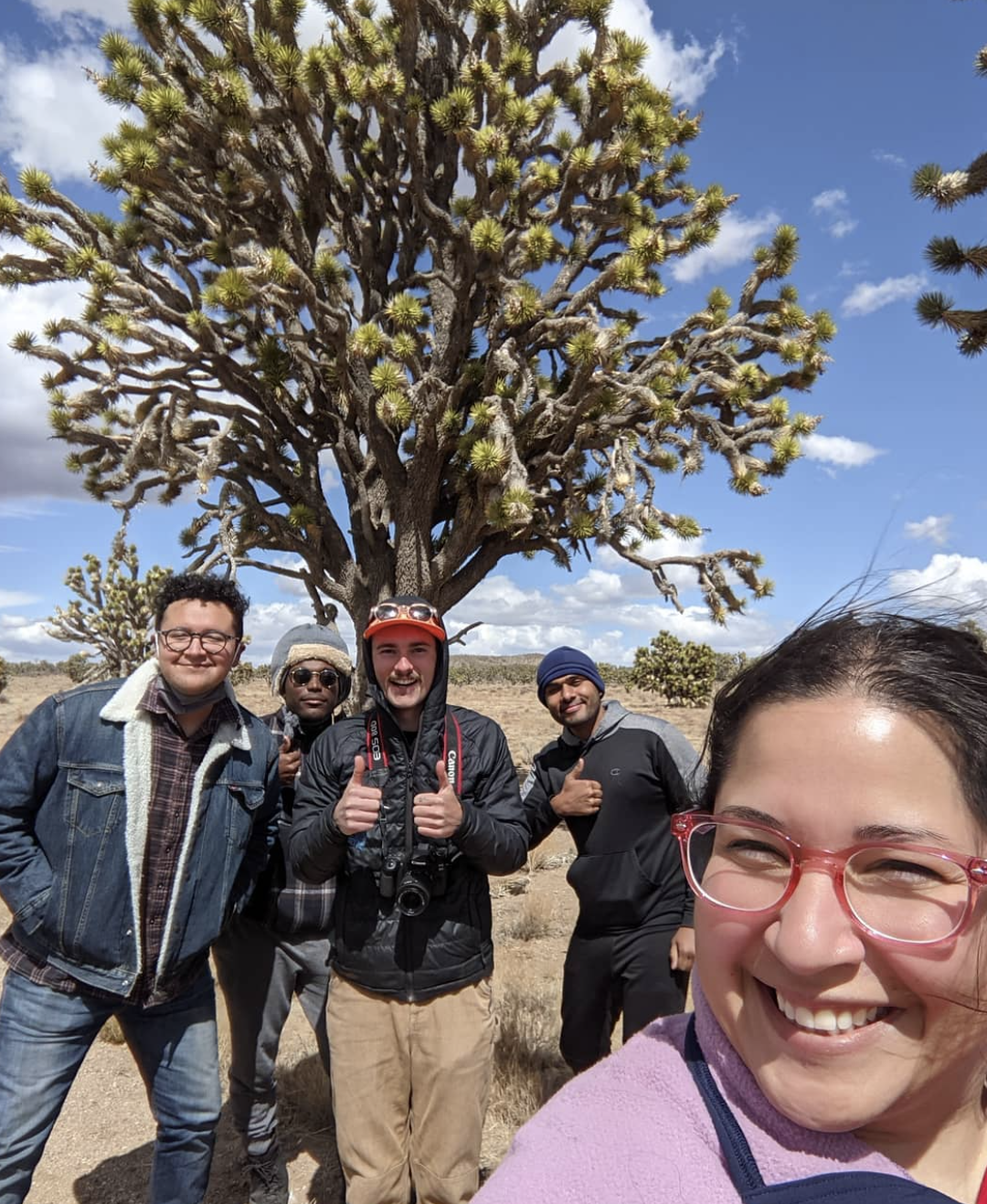Blog: Working in Conservation Has Been Very Rewarding and We Need More Latinas and Latinos to Join this Movement.
By Bertha Gutierrez, Program Director of Conservation Lands Foundation.
I was born and raised in San Salvador, the capital city of El Salvador. While our family lived in a very urban environment, nature surrounded us, from volcanos to huge trees and all kinds of birds. Growing up, we didn’t have a lot of money, cable TV, or video games, so we just played outside with friends and neighbors and I loved it! The concept of being outdoorsy, though, came much later in my life, but I had an organic relationship with nature since childhood.
Then when I was finishing high school (and after two month-apart earthquake shook the country), my mom moved me and my sister to the United States, joining her five brothers, who had to leave El Salvador during the civil war in the 1980’s. Like them, we were looking for a better future.
Without speaking English and leaving a whole life behind --friends, family, and a faith community—I arrived in Arkansas at the age of 17. It was a big cultural shock and a difficult process to adapt and find my way to fit in as an immigrant.
While trying to adjust to my new life, my relationship with nature changed. It wasn’t as organic as it was back home in El Salvador. Our time spent outdoors -like going to the river as a family- were planned and not a part of everyday life anymore. Then, I was too busy with college and work to think or plan time outside.
It was after graduating from college, that I had a chance to reconnect with what has always been an important part of my life. A friend invited me to go on a hike. I was the only person of color in the group and the only one wearing tennis shoes. While I didn’t have the proper hiking attire, my mind and body instantly recognized that feeling of being connected to nature. So I started to spend more time outdoors on walks and hikes, alone and sometimes with friends and family.
At that point, I still felt unwelcome in the community where we lived, never truly feeling like I belonged. It was through spending time in nature and getting to know the State Parks and Forests nearby that I started to connect with the place and developing a relationship with the land. I was more intentional in how I spent time in nature and wanted to nourish that relationship that made me feel so good, and reconnected me with myself.
So when I moved to Las Vegas, Southern Nevada, in 2016, I made it a priority to get to know the lands around me, so that my connection to the place and the land happened much quicker. Circumstances were different, but I also fell in love with the landscape. I understood how important time outside in nature was, especially for immigrants like me. When you are in nature, it doesn’t matter what language you speak or where you come from, what matters is that you get to know the place and gain appreciation for it. This can be such a good way to connect to the land and find that feeling of belonging to a place.
When I moved to Nevada, I knew I wanted to work in arts or something related to the outdoors. After a year of leading a volunteer program connecting people to nature and learning about public lands and how they are managed, I found out about a job opportunity as associate program director for the Conservation Lands Foundation (CLF). I was hired, and I feel blessed to have been given the opportunity to work in the conservation space, where there is so much need for diverse voices and perspectives.
I have been at CLF for four years. This job has allowed me to meet and work with incredible people from all walks of life and visit and learn about these beautiful landscapes that were so close to me and I didn't even know.
The effort to permanently protecting Avi Kwa Ame as National Monument was the first big campaign I worked. It wasn't only meaningful to me because I love this landscape, and it was successful as it was designated a National Monument on March 21, 2023. It also set a standard of what an effective, inclusive, and transformative campaign should be like and how the work should be done. There was such a diverse set of supporters!
It wasn't easy to gain all that support, but through conversation, education, and community building, we were able to work with Tribes and local communities to safeguard this beautiful and sacred land from the threats of industrial development.
A year ago, when I found out that the designation of the Avi Kwa Ame National Monument was happening, I got goosebumps so many times. Witnessing that historic moment and being part of it has been meaningful to me. Working in conservation has been very rewarding and has motivated me to continue to work to protect more public lands.
Currently, this national monument is co-managed by the Bureau of Land Management, the National Park Service and the Tribes. While there isn’t yet a resource management plan –it will take some time—the collaboration and conversation are still ongoing, and advocates are involved to ensure meaningful engagement continues to be the standard.
In the meantime, people can visit and enjoy the beauty of Avi Kwa Ame National Monument. The Bureau of Land Management and Friends of Avi Kwa Ame have websites with information on how the public can visit the monument.
With this permanent protection, this landscape is protected from industrial development threats, but it is still our responsibility to take care of this land moving forward and be more involved in the conservation work that is being done in our communities.
Having more people of color represented in conservation is critical. Jocelyn Torres, CLF’s Chief Conservation Officer, has been instrumental for me as a mentor and as an inspiration. I hope my story can inspire other Latinas and Latinos to participate in conservation and join this movement.
Bertha with Jocelyn Torres, CLF’s Chief Conservation Officer.

